We all want healthy, beautiful looking skin. Some of us seem to come by this naturally. Some of us seem to search for it all our lives. I spent many years in this search and I learned a lot along the way.
There are several things that provide a good foundation for vibrant, healthy skin – clean eating, drinking plenty of pure water, breathing fresh air and getting regular exercise. We all know this. What is harder to know is what to put on our skin to help create and maintain that healthy glow we are all looking for. There are many different things that you could include in your skin care regimen and most should be individualized to your particular skin type and your specific issues. An easier place to start is to know what kinds of ingredients to avoid putting on your skin.
To help you in this area, I have researched and complied a list of the top 10 ingredients to avoid for healthy skin.
1. Synthetic fragrances
Synthetic fragrances have been scientifically correlated with neurotoxicity.
Most personal care products contain artificial fragrances, otherwise labeled as “fragrance” or “parfum”. Many people, even if they are not aware of it, are sensitive, or even allergic to synthetic fragrances.
In a study published by the Archives of Environmental Health in 1998, a correlation was found between Neurotoxicity and artificial fragrances.
Neurotoxicity… that literally translates to brain poisoning!
Take a look at your products. You will find that artificial fragrances are contained in not only perfumes, soap, shampoo, deodorant, lotions and make-up, but also in candles, air fresheners, cleaning supplies and sometimes even food!
2. Synthetic dyes
Synthetic dyes have been linked to health conditions ranging from ADHD to that dreaded “C” word.
Most commercial make-up, lip balm, soap and other skin care products contain lakes and FD&C dyes. Scientific research links these additives with a number of health concerns…
In1985, Pediatrics – the Journal of the American Academy of Pediatrics, described the following side effects of just one of these artificial dyes called Yellow #5: allergies, thyroid tumors, lymphomas, chromosomal damage, asthma, and urticaria (hives).
According to the Public Citizen Health Research Group, the following dyes are correlated with these toxic conditions:
- RED 3 – Thyroid tumors, Chromosomal damage
- RED 40 – Lymphomas (lymph tumors)
- BLUE 1 – Chromosomal damage
- BLUE 2 – Brain tumors
- GREEN 3 – Bladder tumors
- YELLOW 5 – Allergies, Thyroid tumors, Lymphocytic lymphomas, Chromosomal damage
- YELLOW 6 – Allergies, Kidney tumors, Chromosomal damage
3. Parabens
Parabens are suspected endocrine disruptors.
Parabens are common preservatives used in conventional cosmetics. There is scientific evidence that parabens can interfere with hormone function.
The European Commission on Endocrine Disruption lists parabens as a Category 1 priority substance, meaning that parabens can potentially interfere with a whole host of bodily functions, including reproduction, nervous system, and immune system functions.
Parabens have been found in breast tissue and scientists believe that’s because it can mimic estrogen.
4. Ureas
Ureas release the “C” word-causing formaldehyde.
Diazolidinyl urea, imidazolidinyl urea and ingredients like DMDM hydantoin, methenamine, quaternium-15, and sodium hydroxymethylglycinate are formaldehyde-releasing agents that are often used as preservatives in cosmetics.
According to The International Agency for Research on Cancer, it is classified as a known human carcinogen.
5. BHA and BHT
BHA and BHT are considered endocrine disruptors.
Synthetic antioxidants, BHA and BHT are preservatives used in many cosmetics like lipstick and facial creams as well as food products. With health concerns ranging from allergic reactions to hormone disruption to tumor promotion, it is an unnecessary risk.
In fact, there are international regulations against the use of BHT and BHA. The European Union prohibits the use of BHA as a fragrance ingredient in cosmetics. Also, California requires warning labels on products containing BHA stating that this ingredient may cause cancer.
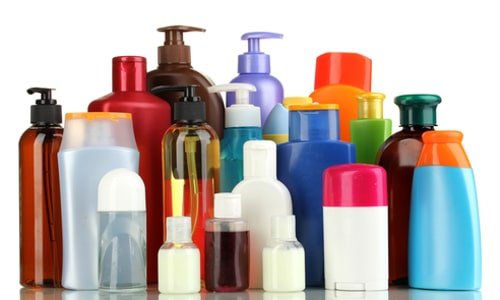
6. Propylene Glycol and PEG compounds
Propylene Glycol and PEG compounds may be genotoxic and are often contaminated with ethylene oxide, which is carcinogenic.
These are petroleum-based compounds widely used in cosmetic cream bases. They have shown evidence of systemic toxicity on broken skin.
They are often found to be contaminated with ethylene oxide and 1,4-dioxane, classified by the The International Agency for Research on Cancer as a known human carcinogen and as a possible human carcinogen, respectively.
Additionally, California Environmental Protection Agency has classified it as a developmental toxicant.
7. Pthalates
Pthalates have shown scientific links to endocrine disruption.
Pthalates are chemicals used to make plastics more pliable. They can be found in everything from baby bottles to household cleaners. However, they are also found in personal care products such as nail polish and perfume.
They have been linked to hormone disruption and reproductive disorders, especially in young boys.
8. Siloxanes
Siloxanes are suspected endocrine disruptors and reproductive toxicants.
Silicone-based compounds such as cyclomethicone and ingredients ending in siloxane are often used in cosmetics ranging from moisturizers to shampoos to deodorants to impart a smoothing and softening feel to personal care products.
Some of these siloxanes are classified as endocrine disruptors as well as possible reproductive toxicants that may impair human fertility. Others have been shown to cause uterine tumors and influence neurotransmitters in the nervous system.
9. SLS
Sodium Lauryl Sulfate and Sodium Laureth Sulfate are skin irritants and are often contaminated with ethylene oxide, which is carcinogenic.
Sodium laureth sulfate may be contaminated with measurable amounts of ethylene oxide and 1,4-dioxane, just like the PEG compounds, with the same dire health consequences.
Sodium lauryl sulfate is a skin, eye and respiratory tract irritant and toxic to aquatic organisms.
They are both used as synthetic detergents and foaming agents in facial cleansers, soaps, bubble baths and shampoos.
10. Triclosan
Triclosan contributes to antibiotic resistance and is a suspected endocrine disruptor.
Triclosan is used as an anti-bacterial ingredient and preservative in cosmetics like deodorants, toothpaste, hand sanitizers and soaps.
U.S. Centers for Disease Control and Prevention scientists detected triclosan in the urine of nearly 75 percent of those tested, as it can pass through the skin. The European Union classifies triclosan as irritating to the skin and eyes, and as very toxic to aquatic organisms. Environment Canada also categorized triclosan as potentially toxic to aquatic organisms, bioaccumulative, and persistent.
Another concern with triclosan is that, because it is so commonly used in so many products, it may contribute to antibiotic-resistant bacteria.
Reading labels and avoiding these 10 ingredients is a crucial first step in creating the vibrant, healthy skin that we all deserve.
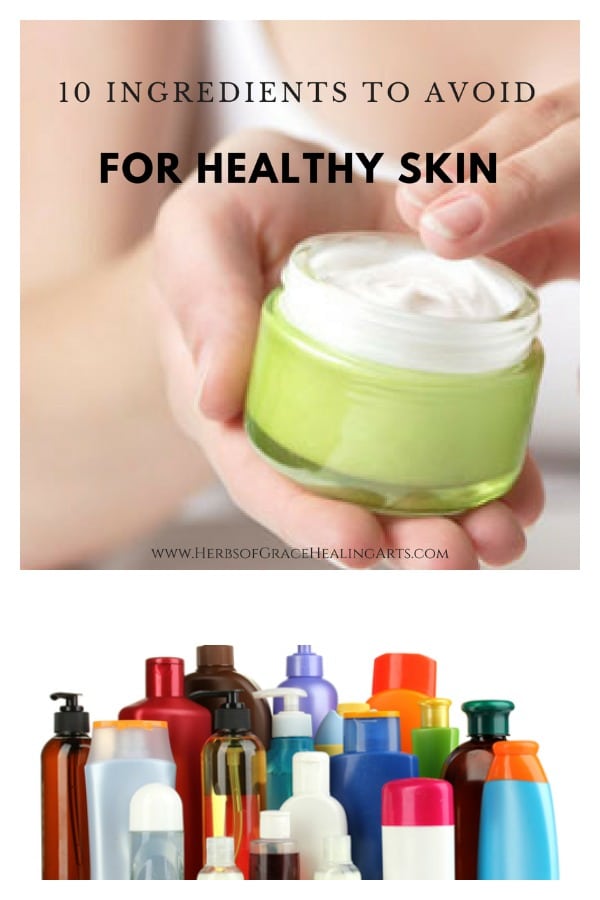

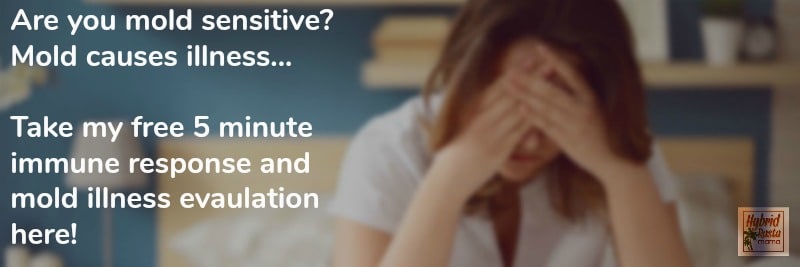

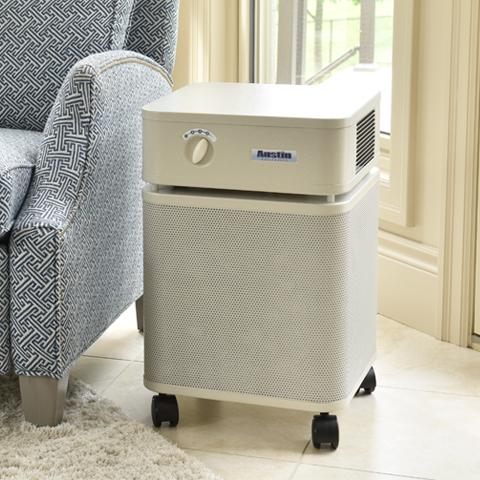
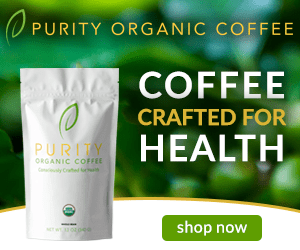
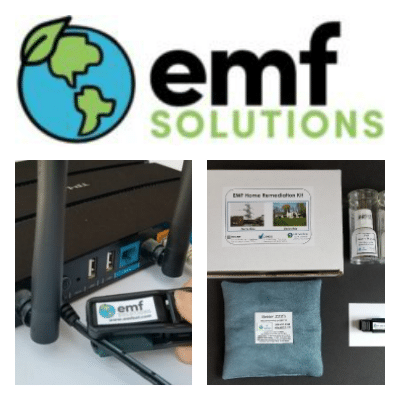


Leave a Reply